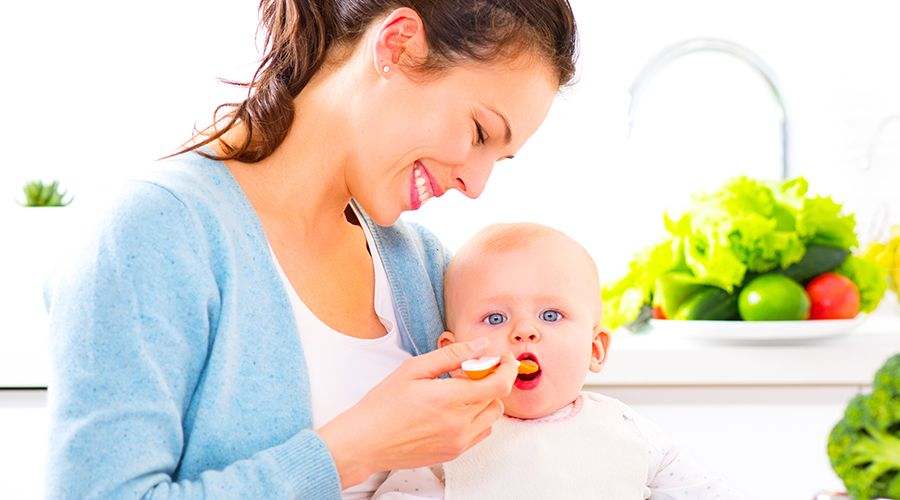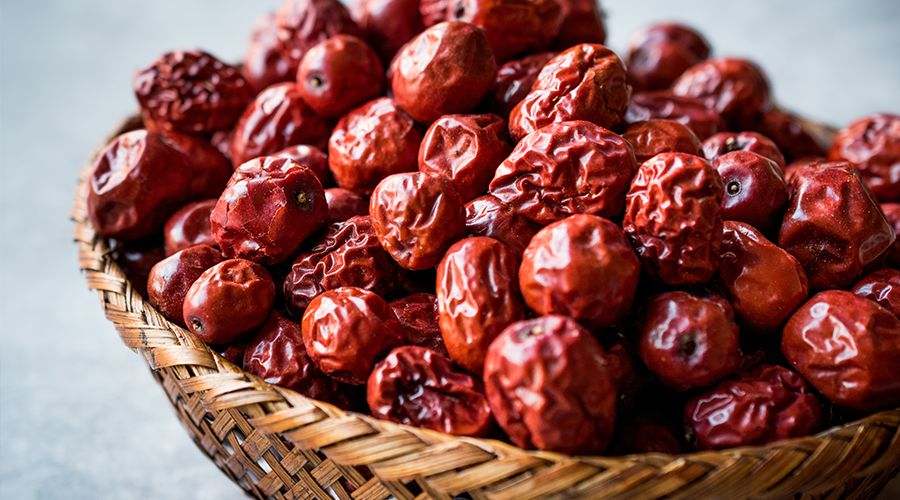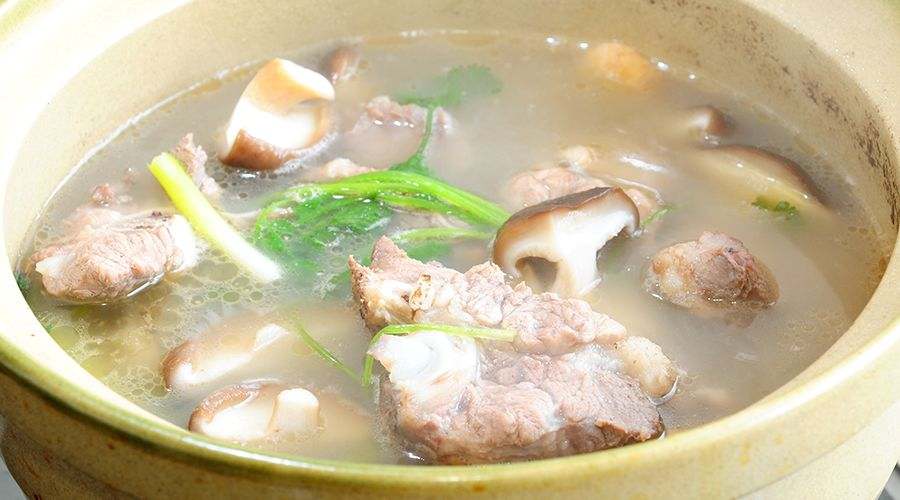Many novice mothers will encounter various troubles in the process of taking care of their babies.
Today, I would like to introduce a teacher to you. Apart from her strong professional background knowledge, she is also the mother of two children. It can be said that she combines theory with experience. She is the small dish mother, teacher Li Liangli.
Question 1: It is said that supplementary food can only be added when the tongue reflex disappears. What does what mean?
Many mothers asked me, can what give their children supplementary food? In fact, apart from the age of the month, a very important signal is to see if [tongue reflex] disappears.
Tongue reflex is a congenital reflex of children, which is actually a kind of self-protection.
This means that the baby’s tongue will push out the solid food or spoon put in the mouth to prevent foreign bodies from entering the throat and causing suffocation.
If you are going to add supplementary food to your child, but the baby’s tongue is always against the spoon, or he cannot swallow the food, or he always spits out the food, it means that his tongue reflex has not disappeared.
At this time, you can wait patiently for 1 ~ 2 weeks before trying, never force.

Correct Method of Feeding Supplementary Food
1. Let the baby sit on the exclusive dining chair in advance;
2. Let the baby see the food in the spoon;
3. When the baby opens his mouth, put the spoon flat into his mouth;
4. After the baby closes his mouth, take out the spoon horizontally (the food can be [scraped] off the spoon with the baby’s upper gums), but it is better not to turn the food upside down into his mouth.
Question 2: Can I eat spinach to supplement iron when I just add supplementary food?
Simply put-spinach does not supplement iron!
Every 100 g of spinach contains 2.9 mg of iron, which looks like pork, but the iron contained in vegetables such as spinach is non-heme iron, and the absorption and utilization rate is far lower than that contained in pork and beef.
If spinach is not blanched first when burning spinach, the large amount of oxalic acid contained in spinach will affect the absorption and utilization of iron.
What about red dates, which are popular for health preservation? Where is the iron pot that everyone loves?

Jujube
Every 100 g of red dates (dried) contains 2.3 mg of iron, but it is also non-heme iron from plants and its absorption and utilization rate is relatively low.
The biggest problem is that if you give your baby red dates to supplement iron, it will be [sweet] to death. Red dates contain a lot of sugar. Although they are natural sugar, they are really too sweet for babies.
You can eat red dates, but don’t eat more, let alone eat them for the purpose of supplementing iron.
Iron Pot
If iron pots can supplement iron, can buying a piece of iron and taking a few bites a day also supplement iron?
The iron in contact with food on the inner wall of the iron pot is oxidized iron and is not a type that can be absorbed by the human body.
And it is really rare to be knocked down by shovels. If you think you see something black in the dish, it is really not iron, but food that adheres to the inner wall of the iron pan after coking.
Question 3: Is it true that the old man said that bone soup is nutritious and asked me to give it to my children?
In fact, the most nutrition of bone soup is-water!
In real life, many parents (especially the elderly at home) will have such a wrong idea: bone soup can supplement calcium and is very nutritious. Even some parents feed bone soup after the baby starts to add supplementary foods. This kind of behavior is not only wrong, but also harmful to the baby’s health.
If we want to say whether bone soup can supplement calcium and have what nutrition, we should know whether there is what in bone soup.

Bone soup is the soup after boiling pig bones. The soup is white in color and rich in taste.
Although bones are rich in calcium, it does not mean that bone soup can separate out calcium from bones.
When the bone soup is boiled, only the bone marrow in the bone is separated out, which contains a large amount of fat. After repeated boiling at high temperature, it turns milky white, and the rich taste is also brought by fat (think whole milk vs skim milk).
In addition to fat being precipitated in large quantities, a very small amount of protein and trace elements will also be precipitated.
As for calcium?
I think too much, unless you chew the pig bones and eat them (I’m afraid you can’t absorb them …).
Similar to bone soup, fish soup, small steak soup and chicken soup are considered particularly nutritious.
For these meat soups, if you only drink soup instead of meat, you are also drinking a pot of fat-rich soup. If nursing mothers drink too much, they will also increase the risk of blocking milk!
